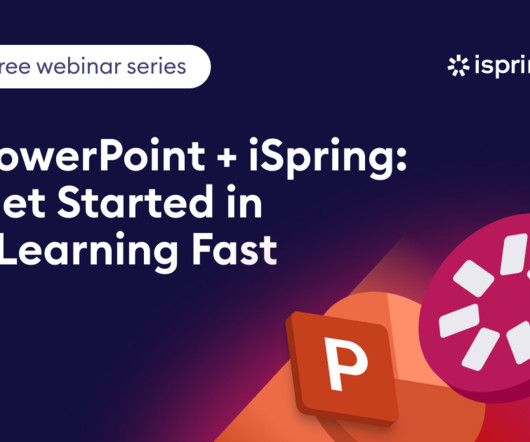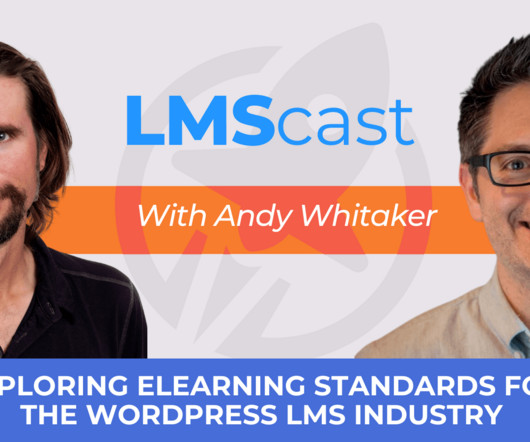What students need
Learning with e's
JANUARY 15, 2020
It's easy to become lost in a crowd, and in the past spotting individual students who are in trouble, and providing personal intervention, has been a challenge for schools (Blatchford et al, 2002). et al (2002) Relationships between class size and teaching. Unported License. Unported License. References Blatchford, P.









































Let's personalize your content